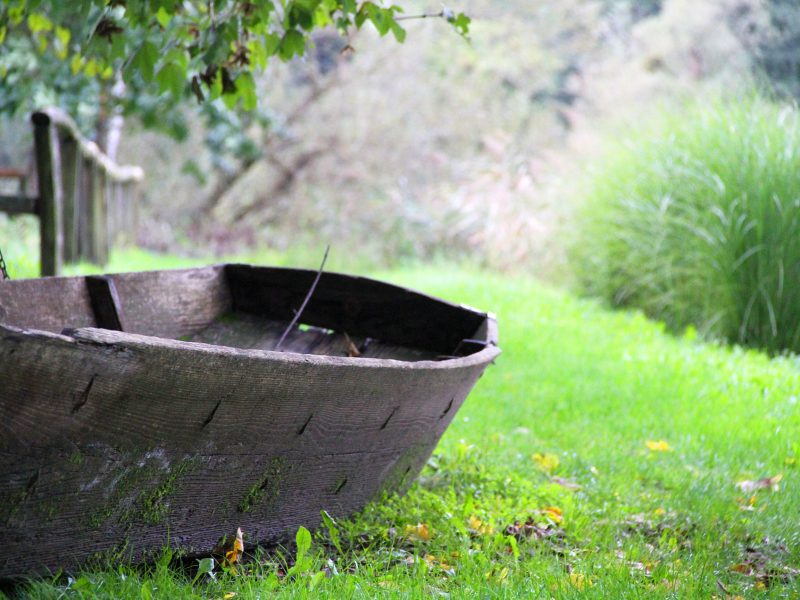Croatia has much more to offer than sun, sea and beaches for your holiday! The interior of Croatia has natural beauty, great gastronomy, amazing manifestations, a rich and lively cultural heritage and historical sights.
A destination in continental Croatia not trampled by tourists are the north western regions, bordering the Slovenian and Hungarian borders. Visit the rural areas with natural beauty, cultural heritage and delicious authentic dishes and local wines around small charming cities like Cakovec, Varazdin and Koprivnica.
Here you can find more information about Varazdin and Cakovec.
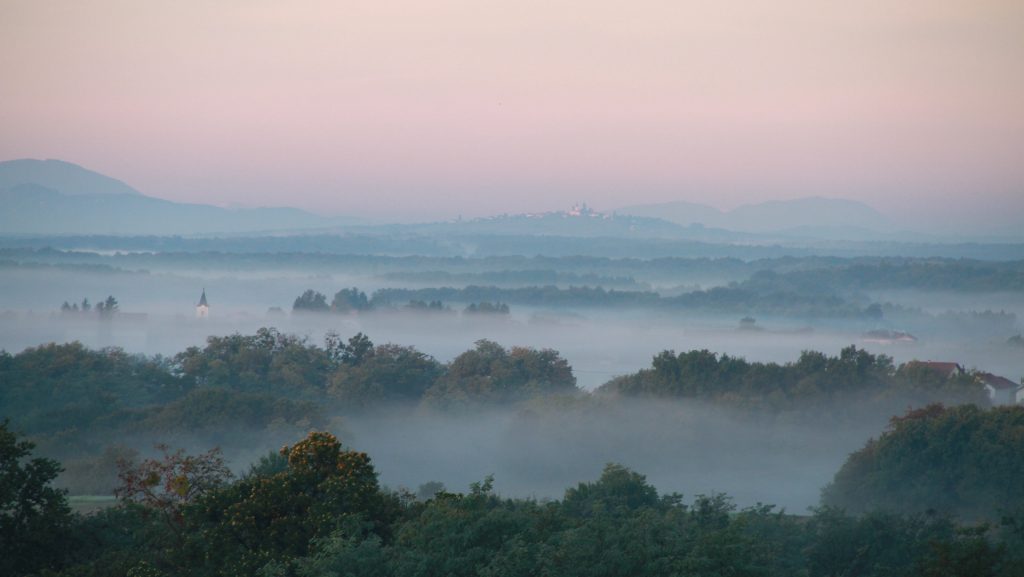
Between Koprivnica and the border with Hungary lies an area with close ties to the river Drava. The river Drava is a main tributary to the magnificent blue Danube river. Together with the smaller river Mura and the Danube river it is called the Amazon of Europe and several international projects are ongoing to make this wonderful protected natural area more accessible for visitors by for example creating cycling routes. For up-to-date information you can visit their website and facebook page.
No man ever steps in the same river twice, for it’s not the same river and he’s not the same man. ‘Heraclitus’
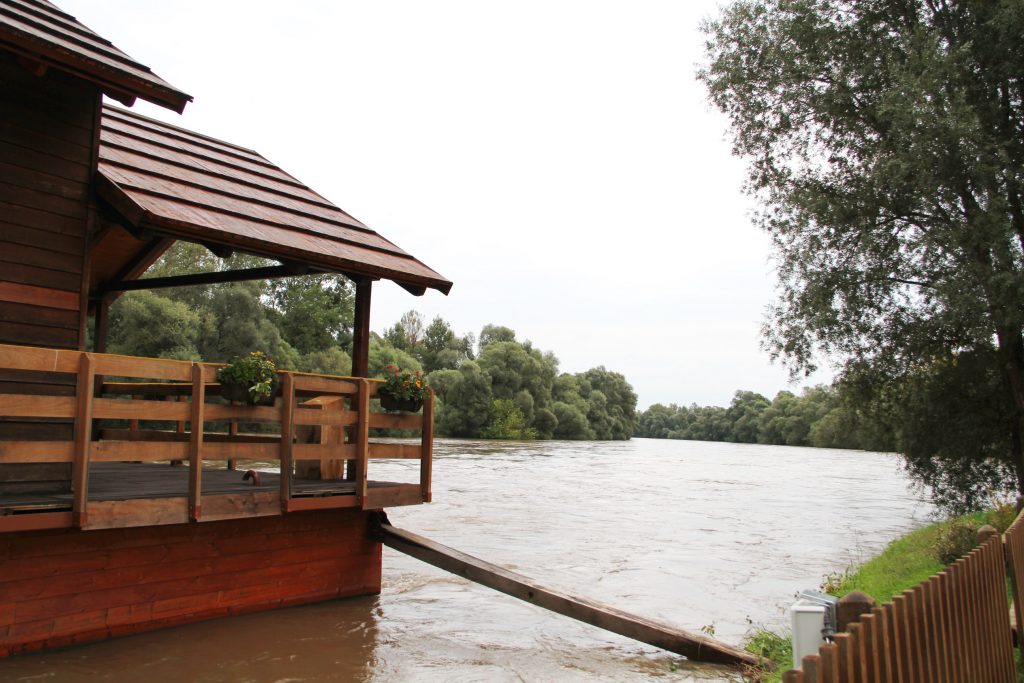
Nature and the river Drava – Gola
In and around the small village Gola you can enjoy quiet rural village life and preserved landscapes with great opportunities for leisure and sports, like walking, cycling and fishing along the green lush borders of the river Drava.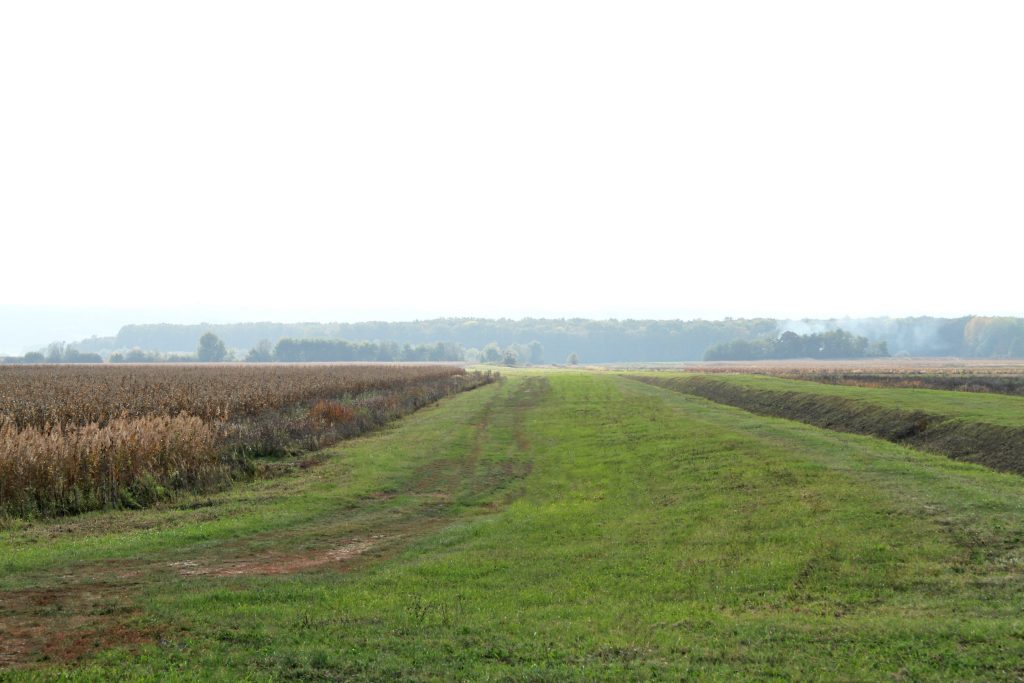
Surprising Art and culture – Hlebine
Already in the year 1330 a village at the current site of Hlebine is mentioned in ancient scripts where the village is given as a gift by King Charles to the sons of the Croatian count Mikac. However, in 1552 the Turkish army arrived and burned the villages and churches to the ground, leaving the villagers no choice but to flee to the forests and swamps along the Drava river. Finally in the 17th century a small settlement called Hlevi (nowadays Hlebine) was erected and the church of St. Catherina was completed in 1834.
Surrounding Hlebine you find pleasant nature, idyllic rural landscapes and above all creative villagers! As Hlebine is the birth site of Croatian Naive Art, acknowledged as intangible cultural heritage of Croatia. In this art form oil paintings are made in reverse on glass.
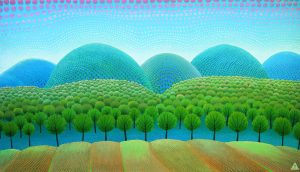
photo ©Croatian Museum of Naive Art
Where two rivers meet – Legrad
Did you ever visit a place where two rivers meet, here is your chance – nearby the village Legrad the rivers Mura and Drava join eachother. Besides this is also one of the few primordial wildlife areas in Europe, even though it is a small area the estuary is protected as a special reserve – Veliki Pažut. Special is that the rivers in this part are unregulated and change their course and appearance as nature directs and not mankind. This causes a rich biodiversity and creates a place with rare and unique flora and fauna, next to the river banks you can also visit the small lake Šoderica.
It is said that the river flow removed the whole town from one district ‘Međimurje’ into ‘Podravina’ without moving a single stone – the river switched the flow from south of the town to north of it around the year 1700.
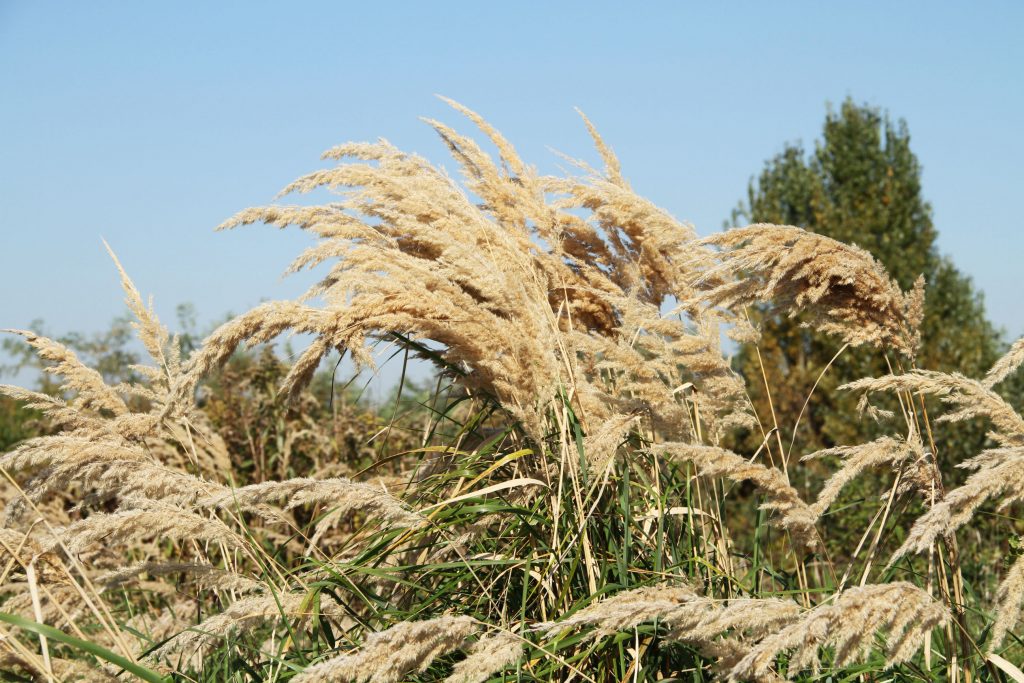
Cycling along the rivers Drava and Mura
https://dravabike.si/en/info/drava-cycling-route
https://medimurje-bike.com/ruta/r1-drava-ruta
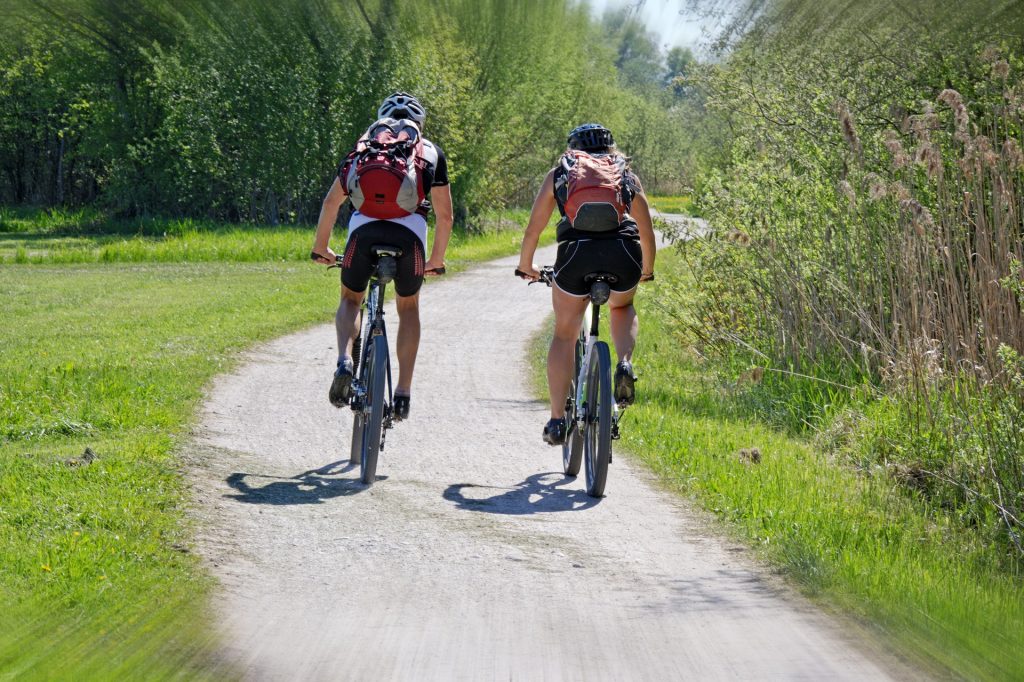
photo ©Pixabay antranias
Roman history and St. Martin – Virje
The village Virje lies on the slopes of the Bilogora hills where they descend into the fertile plains of Podravina. All around are beech, oak and acacia forests, farmlands and flower meadows. Virje is shaped by its dynamic history, it was the location of a Roman station called Lentulis along the road from Ptuj (currently in Slovenia) and Osijek further down along the river Danube. The patron saint of Virje is St. Martin, known for his deed of cutting his cloak in two with his sword and sharing it with a beggar.


